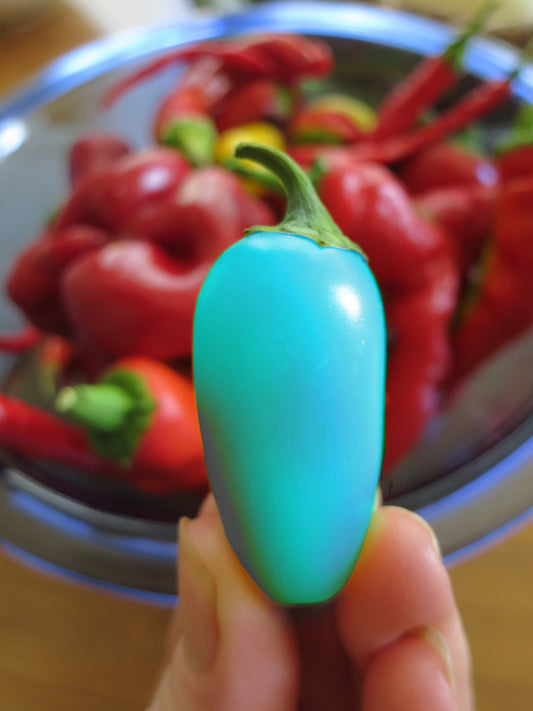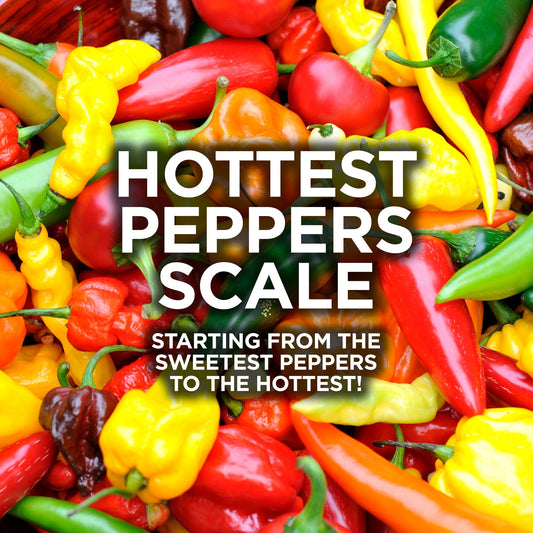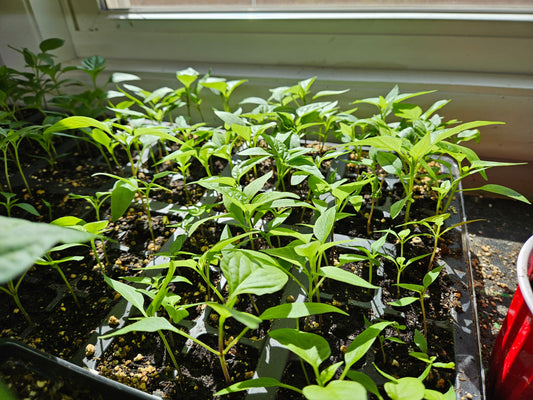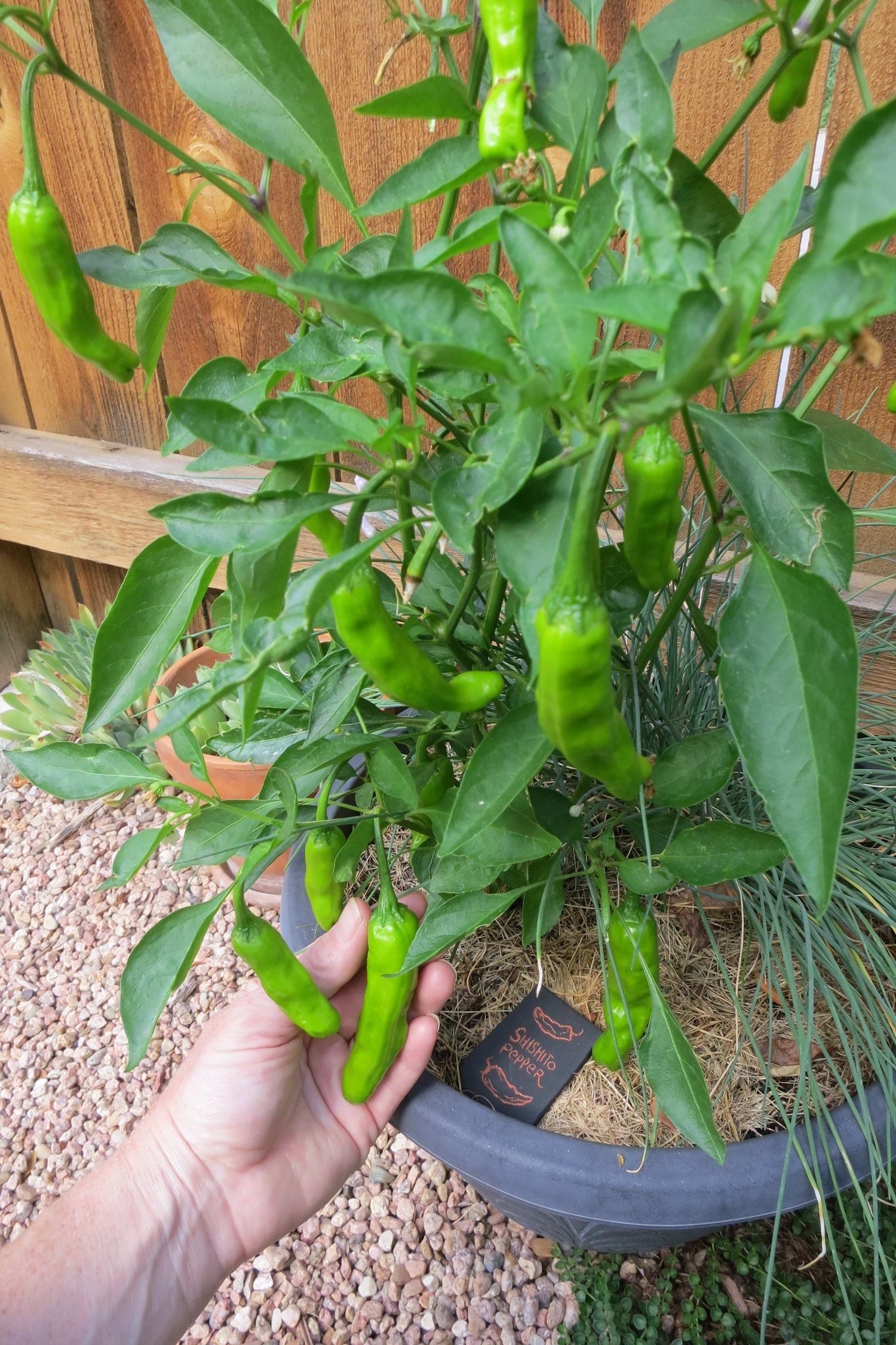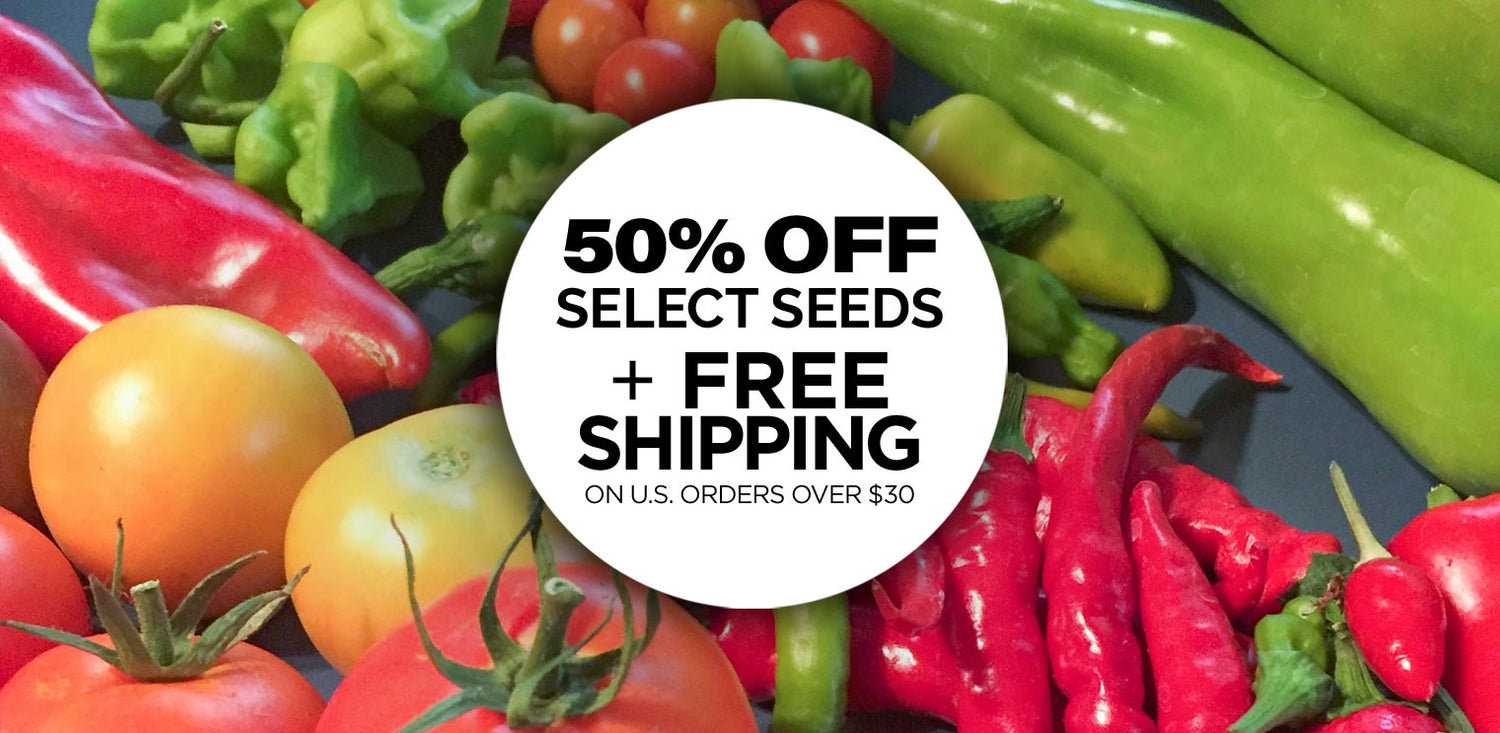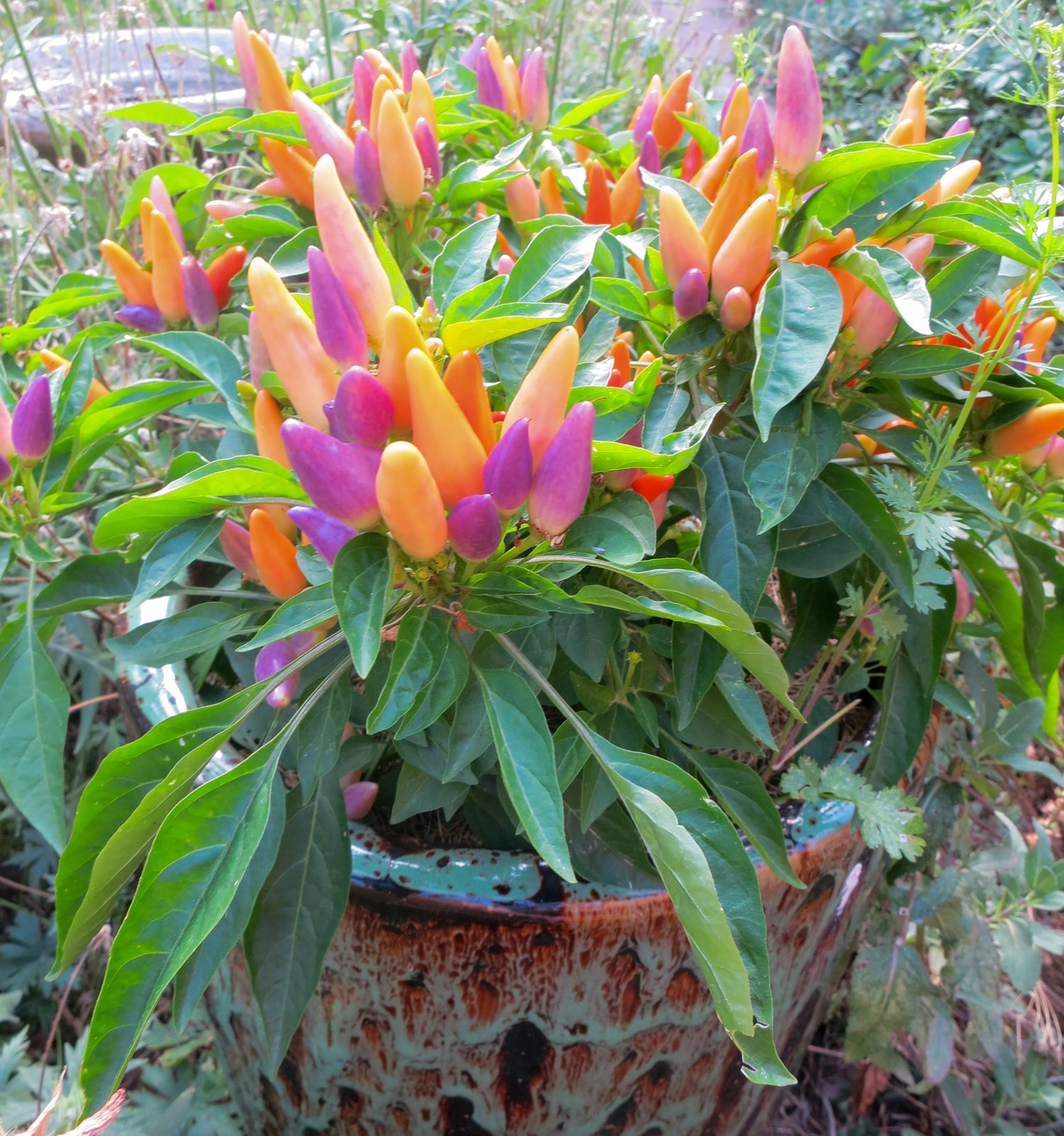Welcome gardeners and farmers! Sandia Seed offers chilli seeds for sale from pepper varieties around the world – we specialized in New Mexican Hatch Chile seeds as well as other red and green chiles like the famous (and huge) Big Jim Chile, or the delicious Poblano Chile.
Below are some of our green chile seeds we offer.
We spell chile, with an 'e' at the end, but depending on where you live in the world, chile can be spelled as: chile, chili, or chilli. Whatever way you spell Chile is not important, just have fun growing and eating these delicious peppers!
Sandia Seed also offers a lot of hot chilli seeds such as Carolina Reaper Seeds (the hottest pepper in the world), or several varieties of Jalapeño seeds including Jalapeno Early Seeds (for the earliest pepper harvests), Jalapeno M Seeds (with larger fruit and more heat), or the Yellow Jalapeño Seeds (a brilliant yellow Lemon Spice Jalapeno), or the Orange Jalapeño Seeds (beautiful orange).
Bulk Seeds

Chilli Plant Care
If you want to grow chilli seeds, here are a few of our top tips below. Or, read more in-depth chilli plant care information on our How To Grow Peppers page.
Chilli seeds germinate best when kept between 80˚-90˚F. We use a seedling heat mat, works wonders! Be patient, chilli seeds take 7-21+ days to germinate, the super hot peppers like the Carolina Reaper seem to take the longest.
Peppers are sensitive and if planted earlier when it's 40-50˚ F at night, they will not start growing until it warms up so they stay stunted for awhile. We have found that Water Walls work great to keep seedlings warm earlier in the season, or you could also use hoop houses or coldframes to get them started sooner outdoors. Peppers like to have warm soil and hot days, so keeping them warm is important.
Learn more about composting »



